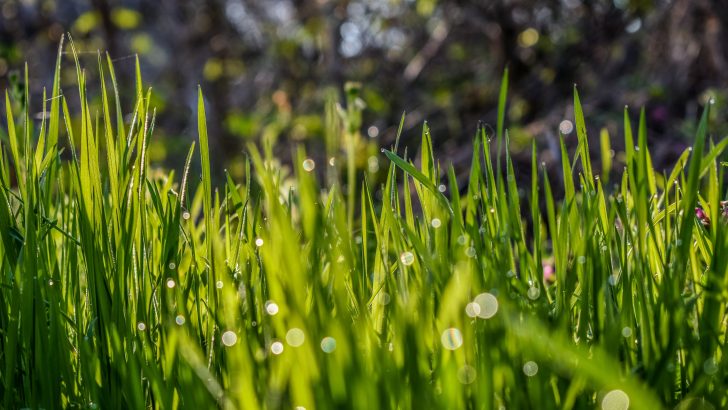Green Fingers
September is the best month for sorting out many of the problems that your lawn has. There is still heat in the ground and it will be a while yet until first frost.
This means that your lawn has plenty of time to recover. If you have a lot of moss or if your lawn feels springy, if you have liverwort and slimy patches of algae, there are a few steps to take to sort out these problems and start to rejuvenate.
Mow the lawn as usual, collect and compost the clippings. Using a spring time rake (that is the one that has long flexible wire teeth). Rake in one direction, bringing all the thatch with you. Thatch is the accumulated dead grass, creeping stems and moss that make it feel springy. Rake across in a line until you have enough, then turn at a right angle and rake into a heap. Remove to the compost heap and continue where you left off.
If you have a large lawn, do it in stages, or if it’s too much hire a power scarifier. When you have finished raking, mow the lawn but at right angles to the last time. So instead of top to bottom, go side to side. This is to cut all the creeping stems and weeds raised by raking.
Moss, liverwort and algae on lawns are a sign of poor surface drainage, which also discourages grass growth. Spiking it will help drainage, alleviate compaction and let air down to the root zone. There are tools both hand powered for this but a garden fork is all you really need.
Start in one corner. Push the fork down into the ground to its full depth (or as deep as you can), then push the handle forwards and back to make a hole. Remove and repeat, keeping the holes the same distance apart, front, back and side to side.
If it is too much to do all your lawn, at least do the worst bits. You can leave it at that or you can go a step further. Using a shovel, spread a thin layer of gritty horticulture sand over the surface and then using the yard brush or besom broom, brush it over and back so it fills the holes.
Your lawn will look as if it has taken a beating but it will soon recover and it will be better for it. If your lawn has bald patches due to wear and tear, now is the time to repair them. Scuff up the surface using a fork and sprinkle seed thinly over the top. Cover with a thin layer of compost and water. Keep watering as and when necessary until grass is up.


 Paul Gargan
Paul Gargan
